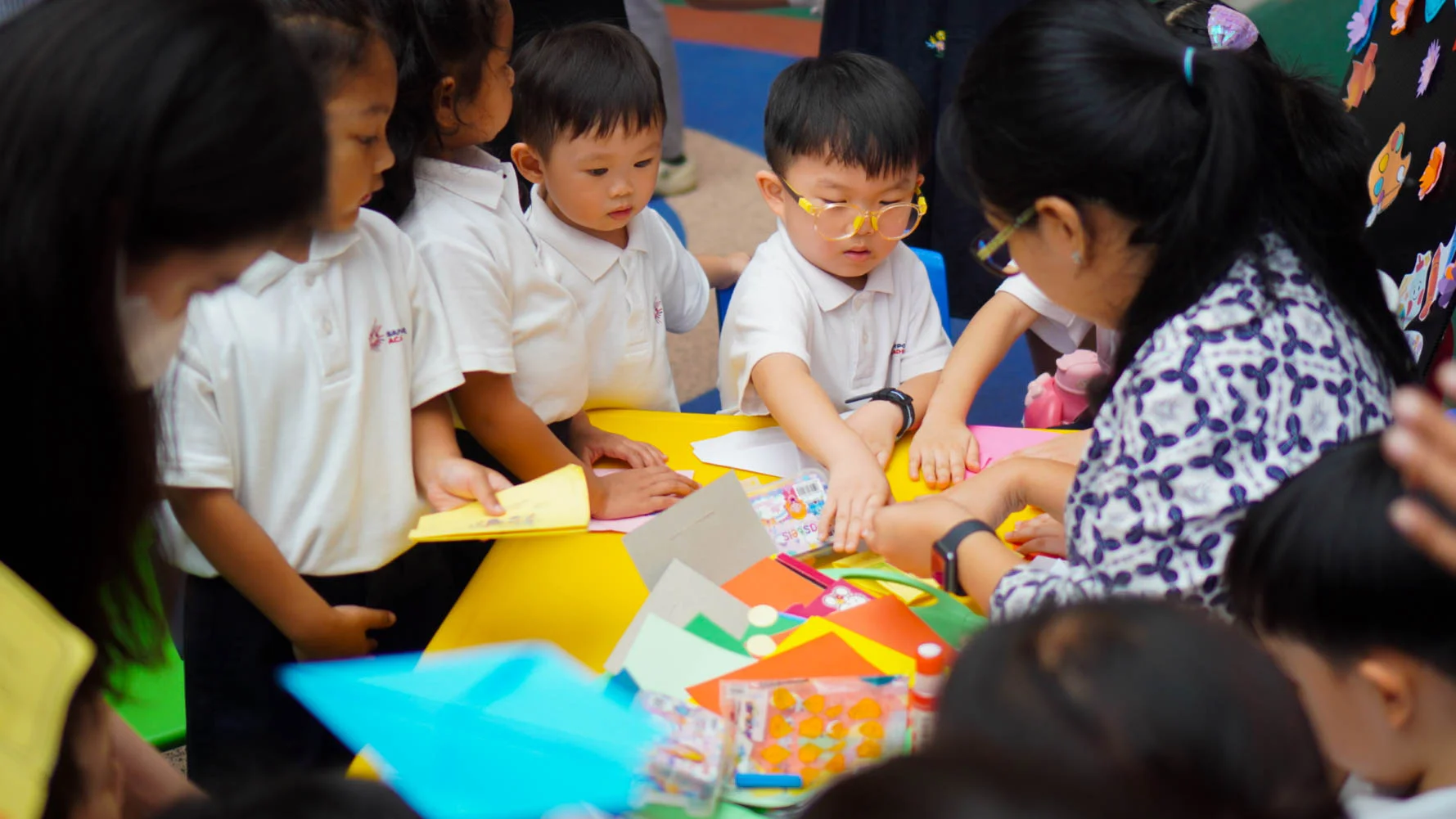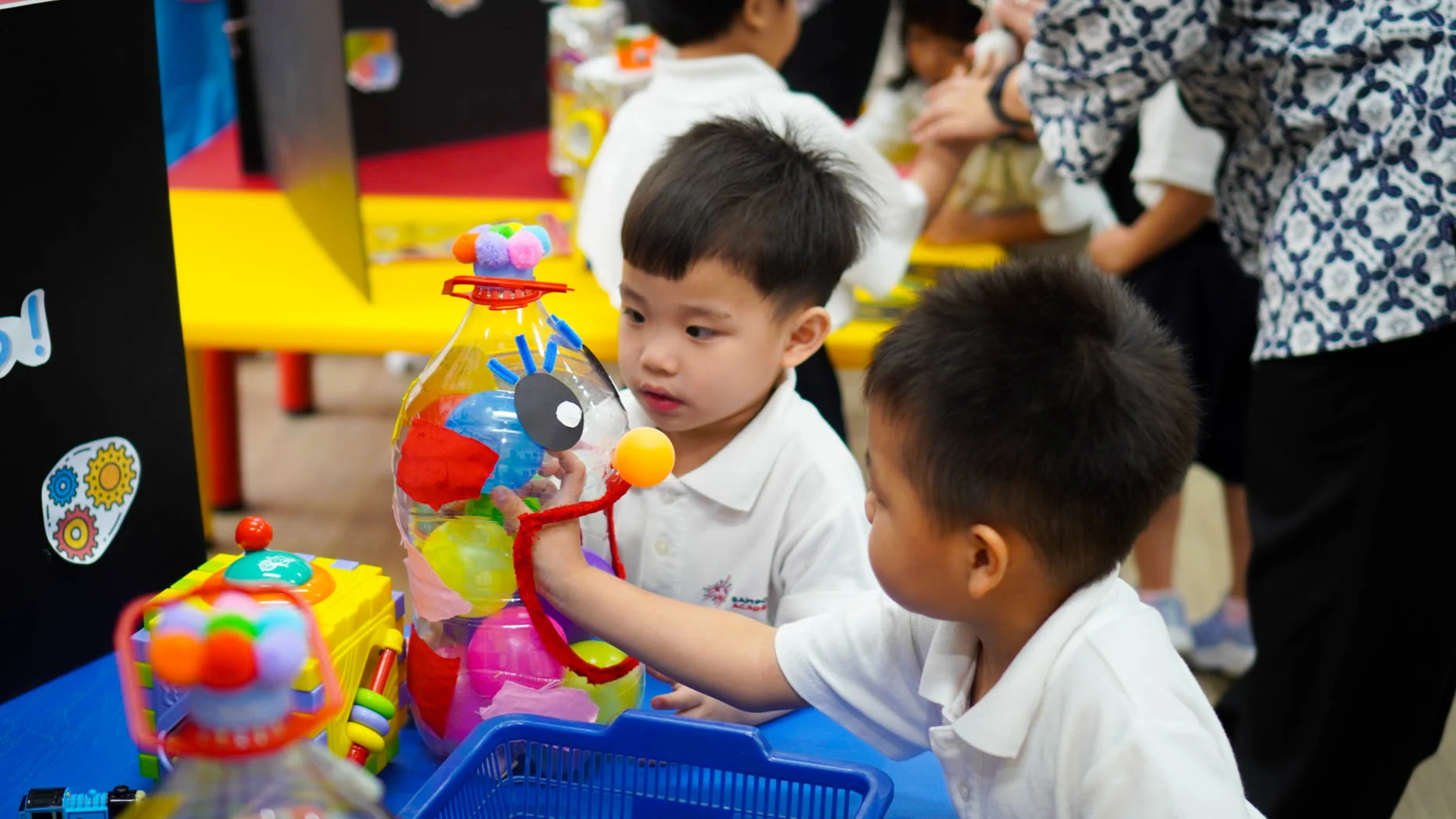As your child enters the world of secondary education, they will face significant changes that can be both exciting and overwhelming. These changes will not only affect their academic performance but also their social and personal lives.
As a parent, it is important to understand the changes your child will face during this transition and provide them with the necessary support and guidance to help them navigate through it successfully.
In this article, we will explore three significant changes that your child will experience when moving from primary to secondary school.
We will discuss the academic demands, social environment, and personal responsibilities that come with this transition and provide tips on how you can support your child through this exciting but challenging time.
Whether your child is starting a new school or moving up within the same school, understanding the changes they will face can help you prepare them for a successful transition to secondary education.





Increased Academic Demands
One of the most significant changes your child will experience when moving from primary to secondary school is the increase in academic demands. Secondary school curriculums are more advanced and complex, and your child will be expected to cover a wide range of topics in each subject. They will have to manage their time effectively to keep up with the coursework, assignments, and exams. The transition from primary to secondary school can be especially challenging for students who have not developed good study habits. To help your child adjust to increased academic demands, you can encourage them to develop good study habits, such as setting a routine study time, using study aids like flashcards, and breaking down complex topics into smaller, manageable parts. If your child needs additional academic support, you can consider enrolling them in a tutoring program or seeking help from their school's academic support services.
A Larger and More Diverse Social Environment
In primary school, your child likely had a close-knit group of friends and a smaller social circle. However, in secondary school, they will be exposed to a larger and more diverse social environment. They will meet students from different primary schools and backgrounds, and they will have to adjust to new social norms and expectations. To help your child adjust to the larger social environment, you can encourage them to join extracurricular activities, clubs, or sports teams. These activities can help them make new friends who share their interests and provide a sense of belonging in a new environment. You can also encourage your child to be open-minded and respectful of different cultures and beliefs. This can help them build positive relationships with their peers and create a welcoming social environment.
Increased Independence and Responsibility
As your child transitions to secondary school, they will also experience an increase in independence and responsibility. They will have to manage their time effectively to balance their academic, extracurricular, and social commitments. They will also have to take more responsibility for their own learning, such as organizing their notes, completing assignments on time, and seeking help when needed. To help your child adjust to increased independence and responsibility, you can encourage them to practice time management skills, such as prioritizing tasks, creating a schedule, and setting goals. You can also give them more independence at home by letting them take on more responsibilities, such as cooking dinner, doing their laundry, or managing their own finances.


